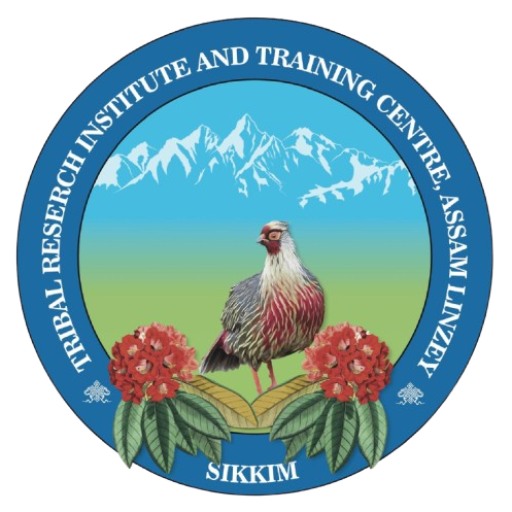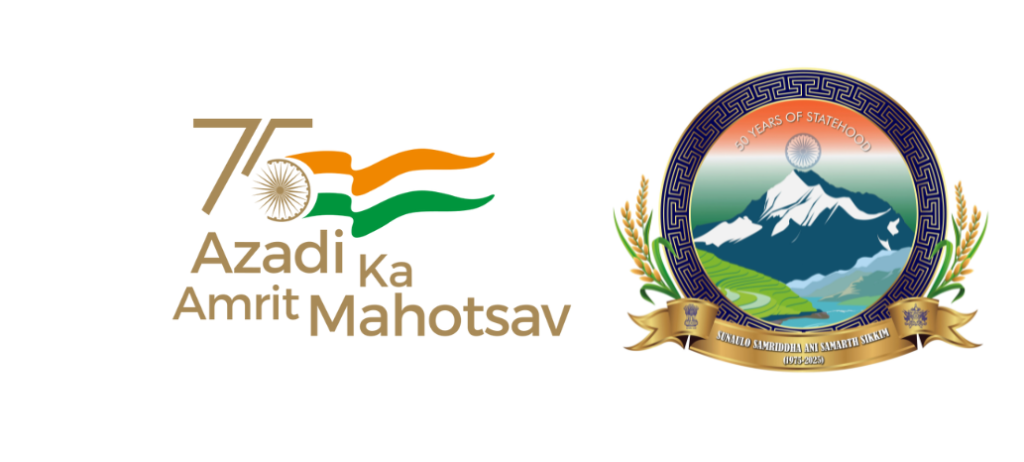Sikkimese Tribes
BHUTIA TRIBE
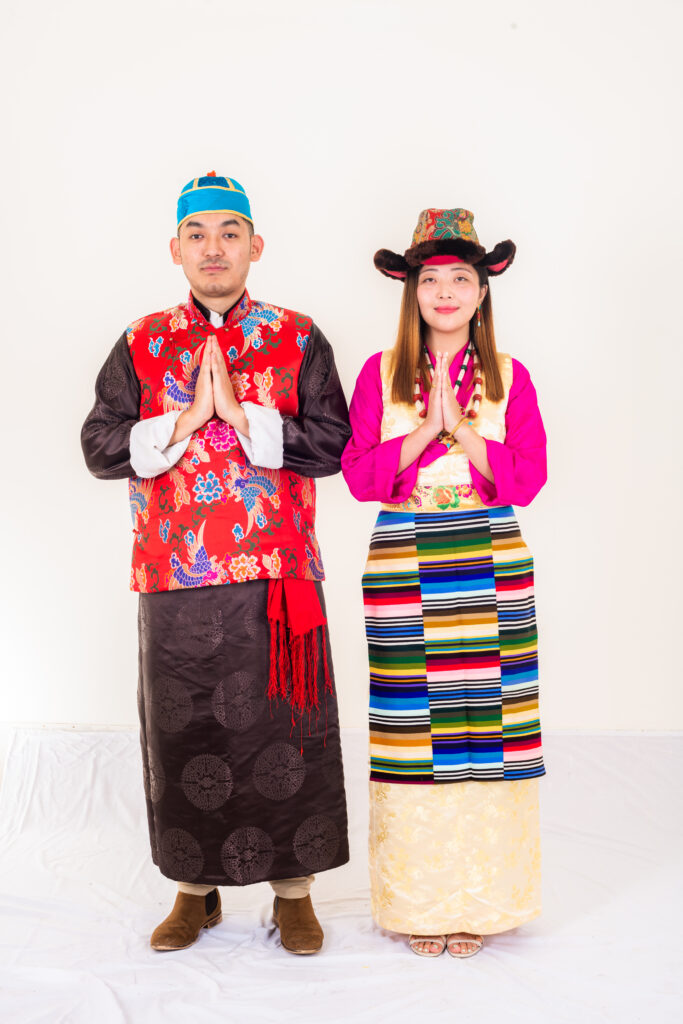
The Bhutia community is an ethnic group predominantly found in the northeastern Indian state of Sikkim, where they form an integral part of the region’s rich cultural and social tapestry. Known for their distinctive traditions, customs, and practices, the Bhutias boast a cultural heritage that is both unique and deeply rooted in history. This vibrant community has contributed significantly to the preservation of Sikkim’s cultural identity over the centuries.
The Bhutias are among the earliest known inhabitants of what is historically referred to as “Greater Sikkim.” Their ancestry can be traced back to their migration from the southern region of Tibet, marking them as a people of Tibetan origin. This migration has played a pivotal role in shaping their identity and traditions, which remain strongly tied to their Tibetan roots. The Bhutias refer to themselves as “Lhopos” or “Lhorees,” terms that translate to “dwellers of the southward,” reflecting their historical movement and settlement south of Tibet.
The community is believed to descend from Khye Bhumsa, the legendary chieftain of the Bhutia people, who is celebrated as a central figure in their history. His leadership and legacy have left an indelible mark on the Bhutias’ collective memory and cultural practices. Over time, the Bhutias have maintained a harmonious blend of their Tibetan heritage with the local traditions of Sikkim, resulting in a way of life that is both distinctive and deeply connected to the land they inhabit. This blend of influences has enabled the Bhutias to sustain their unique identity while also contributing to the broader cultural mosaic of Sikkim.
LEPCHA TRIBE
The Lepcha people are an indigenous community primarily residing in the Indian state of Sikkim, as well as in the Darjeeling and Kalimpong districts of West Bengal and parts of Tripura. Their unique identity encompasses their people, language, and culture, all of which share the same name: Lepcha. This nomenclature unites their ethnic identity, their distinct language, and the rich cultural heritage they have preserved since time immemorial, often referred to collectively as Lepcha culture.
Another term used to refer to both the Lepcha people and their language is “Rong.” Within their community, the Lepchas identify themselves with an endoethnonym, “Mutanchi Rong Kup Rum Kup,” which holds profound significance. This phrase is widely interpreted by the Lepcha people to mean “beloved Children of God,” reflecting their deep spiritual connection and pride in their heritage.
The Lepcha community was officially recognized as a Scheduled Tribe in Sikkim through the Constitution (Sikkim) Scheduled Tribe Order of 1978. This recognition affirms their importance and place within the diverse cultural fabric of the state. According to the Census of India conducted in 2011, the Lepcha population stands at 42,909, with a fairly balanced gender distribution: 21,614 males and 21,295 females. This vibrant community continues to thrive while preserving its unique traditions, language, and way of life.

LIMBOO TRIBE
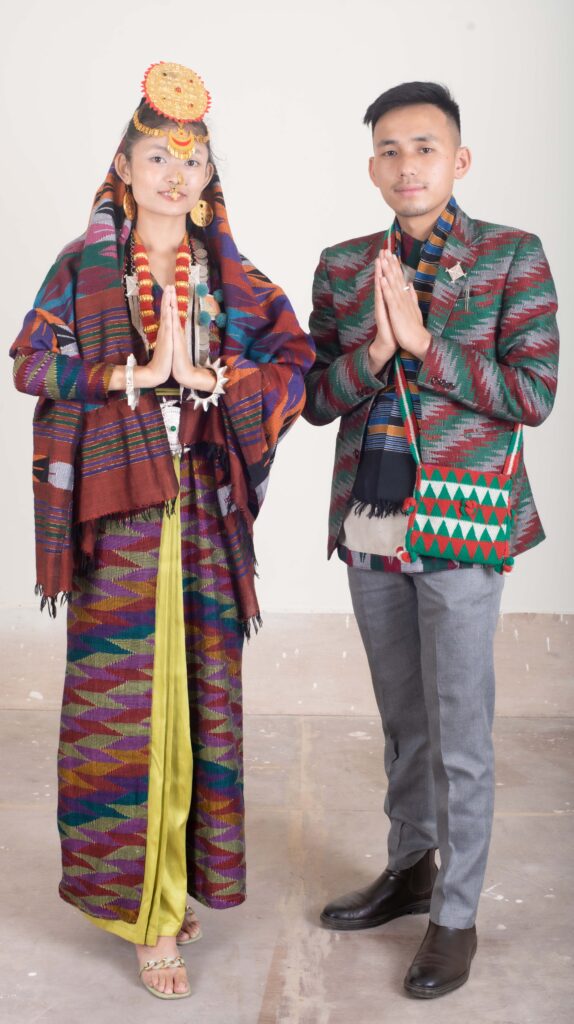
Historians and anthropologists studying India have classified its population into various ethnological groups, identifying seven distinct ethnological types. Among these, the term “Kirata” or “Kirati” was historically used by the Aryans to refer to the ancient Mongoloid people who inhabited the Himalayan region around 2000 B.C. This term, considered derogatory, was coined when the Aryans encountered these people trading a medicinal herb known as Chireto (called Sunghing in the Limboo language). However, it remains unclear what these ancient Himalayan inhabitants called themselves 4,000 years ago.
Today, three ancient Mongoloid groups—believed to be descendants of the so-called “Kiratas”—are the Limboo (also known as Yakthungba or Limboo), the Khambu Rai (Kirawa), and the Yakha. These groups collectively identify as “Susuwa Lilim Yakthum Suwang,” or Yakthumba Khambu, Kirawa, and Limboo Yakha, and sometimes as “Khambu Yakha,” reflecting their shared ancestry and cultural ties (Sinha et al., 2005; Subba T.B., 1999). Interestingly, the term “Kirata” does not appear in their ancient oral tradition, known as “Mundhum,” which serves as a repository of their cultural and historical narratives.
The Limboos trace their lineage back to Sawa Yethangs, an ancestral group they believe they descend from. They have referred to themselves as “Susuwa Lilim Yakthum Suwang” since ancient times. Over the centuries, terms such as “Yakthumba,” “Limboo” or “Limbu,” and “Subba” or “Subha” have emerged and evolved, reflecting the continuity and adaptation of their identity through time.
SHERPA TRIBE
Sikkim, often called the land of peace and tranquility, is blessed with natural beauty and a unique spiritual heritage dating back to the 8th century when it was graced by Guru Padmasambhava. Initially known as Beyul Demazong and Mayal-Lyang, Sikkim is revered for its mystical allure, stunning landscapes, and the harmonious coexistence of diverse communities. The Bhutia, Lepcha, and Nepali groups form the cultural fabric of Sikkim, living in peace and sharing a profound connection to the land and its traditions.
Among these communities, the Sherpa people reside in the higher mountainous regions of the Eastern Himalayas, with a notable presence in Sikkim, eastern Nepal, Darjeeling, and Bhutan. Known for their resilience and mountaineering skills, Sherpas speak a Tibeto-Burman language and uphold an ancient form of Buddhism. Their traditions and customs reflect a way of life deeply rooted in Buddhist principles, promoting harmony with nature and a steadfast spiritual devotion.
Sherpa history suggests a long-standing connection to Tibet, where their lineage and cultural practices originated. This heritage has endowed them with a profound respect for the Himalayan mountains, often viewed as sacred in their beliefs. Together, these communities contribute to Sikkim’s unique identity as a place of serene natural beauty, spiritual richness, and peaceful coexistence.
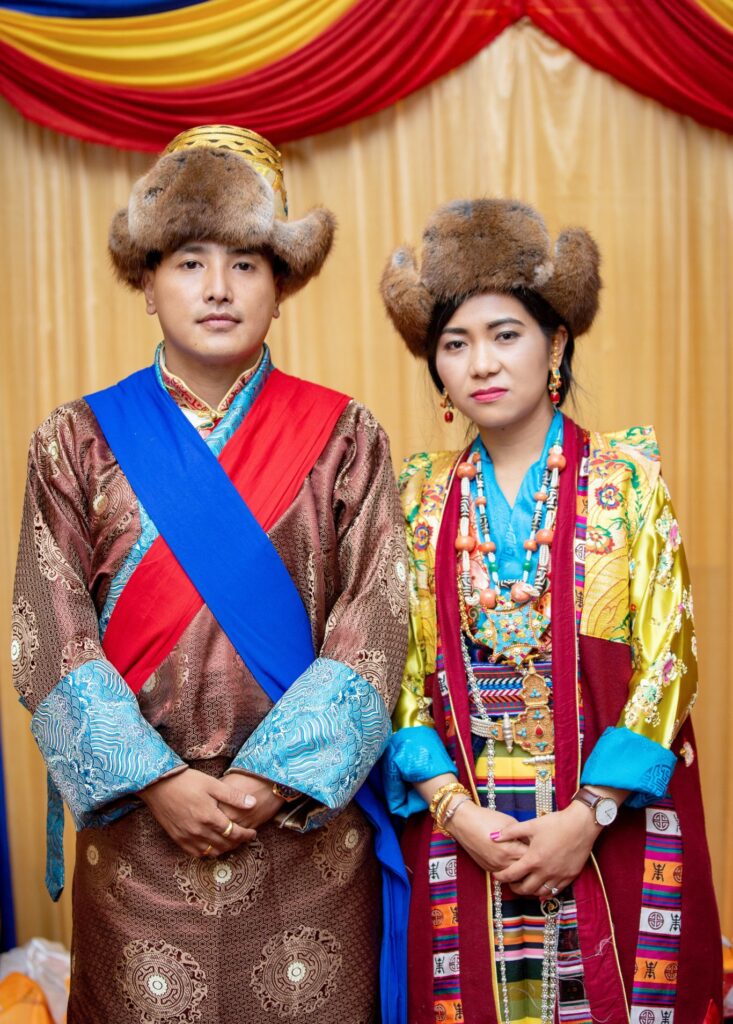
TAMANG TRIBE
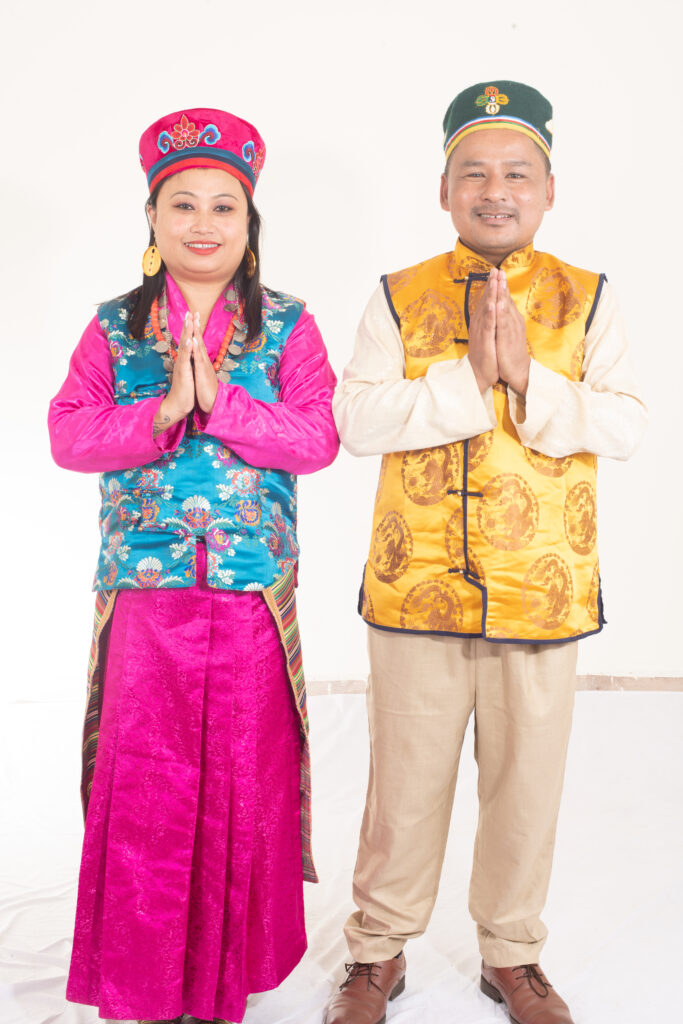
Since the dawn of humanity, many groups and communities have recorded or passed down stories of their origins, migrations, and eventual settlements in different places. Few, if any, communities or societies have remained entirely in one place since their origin, as migration has been a constant thread in human history. From the earliest times, people have moved across landscapes, adapting to new environments and establishing roots in diverse regions over time.
It is believed that humans have existed on this earth for roughly three and a half billion years, although exact origins remain a mystery. The question of where the first human beings appeared is still unanswered, and many cultures have their own creation narratives that offer insights into humanity’s beginnings.
For instance, in the creation history of the Tamang tribe, humanity is considered the final creation in the order of existence. This belief reflects a common theme across various cultures, portraying human beings as emerging last in the cosmic order, often with unique roles or responsibilities in the natural world.

